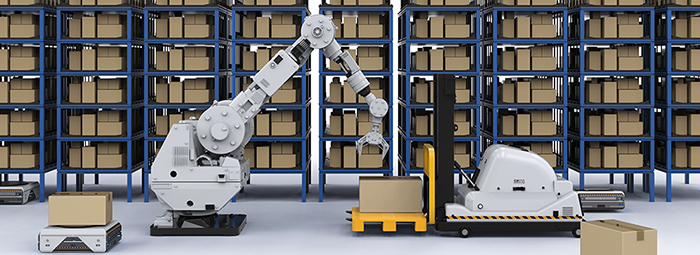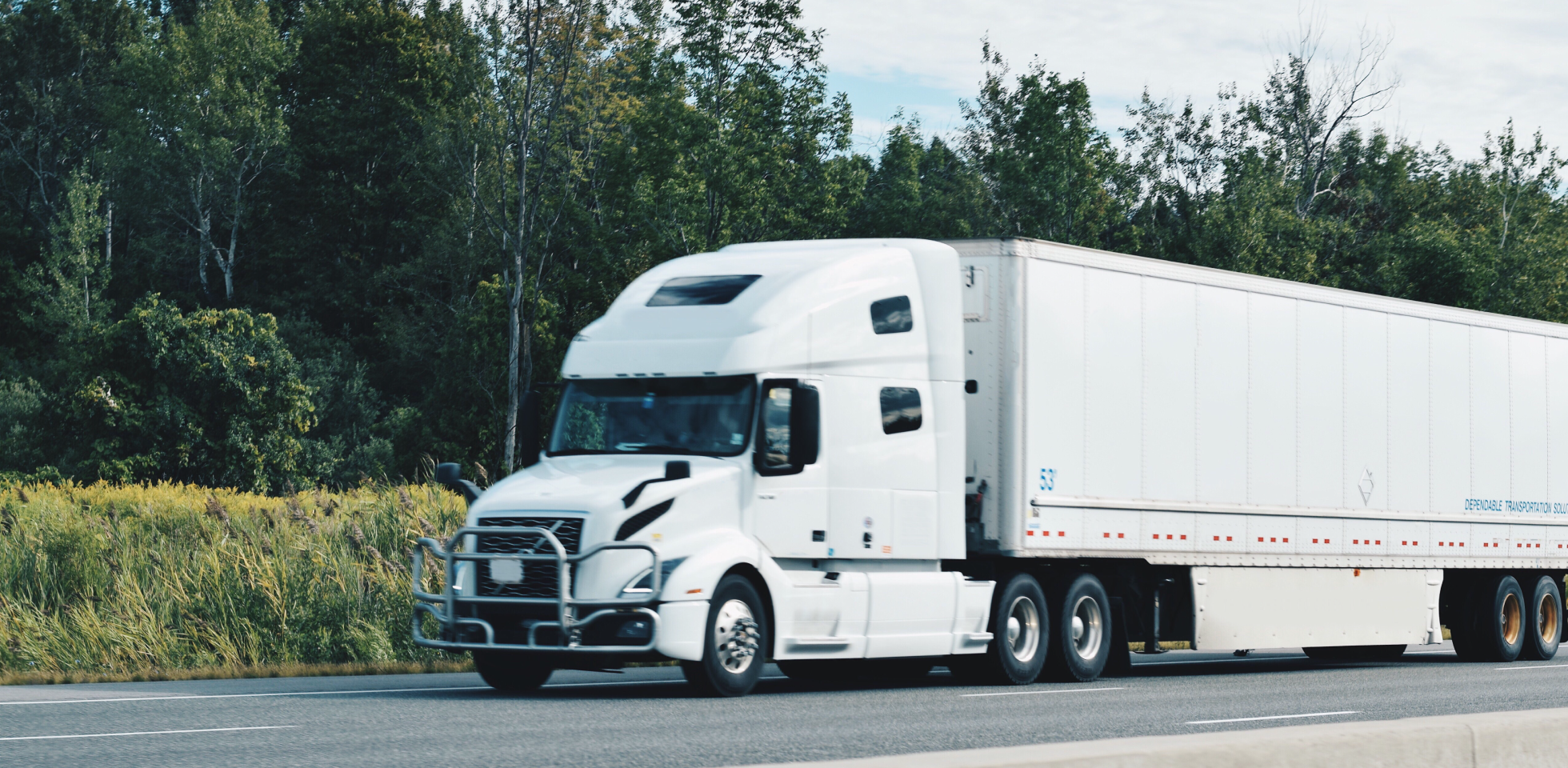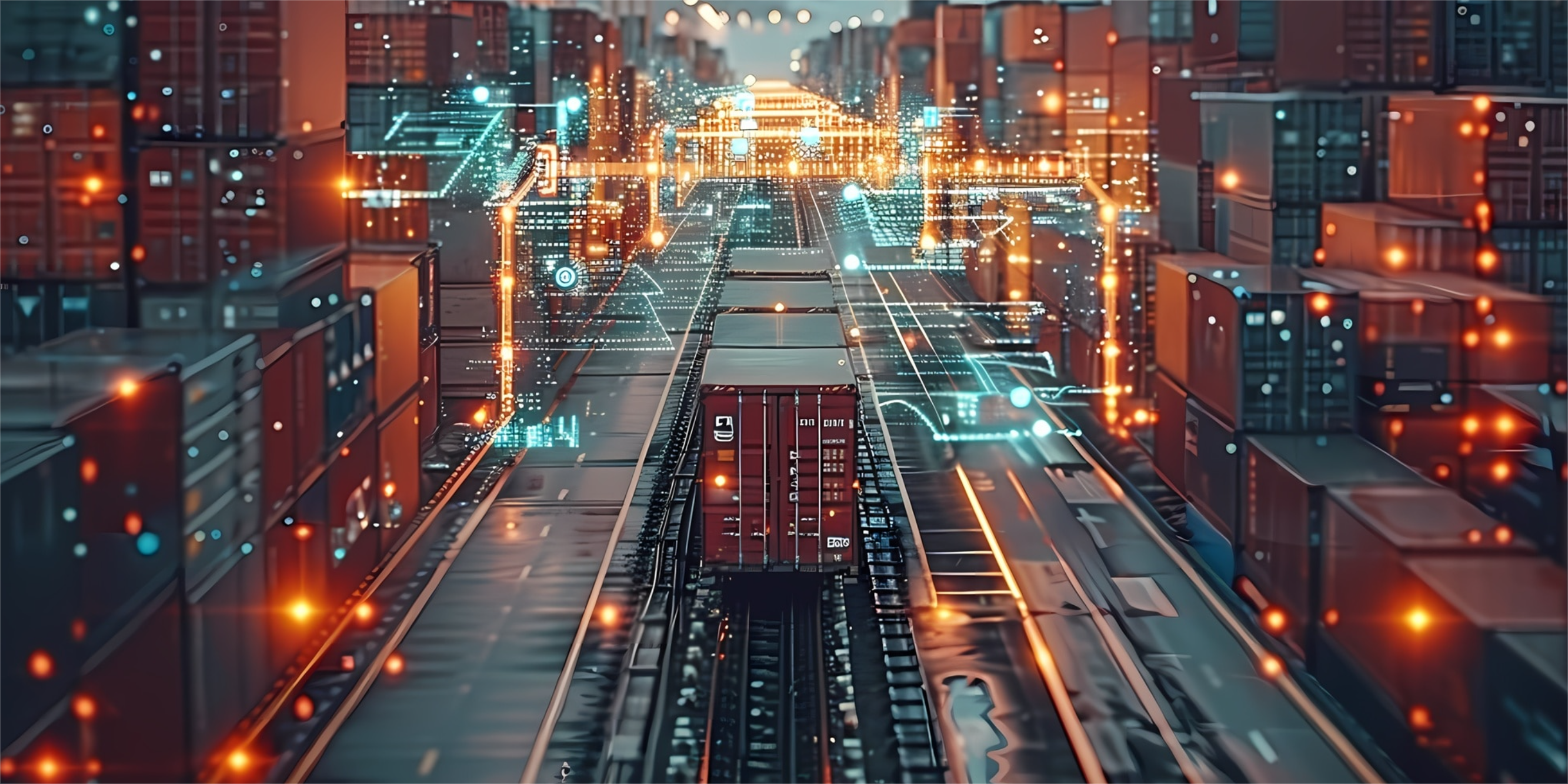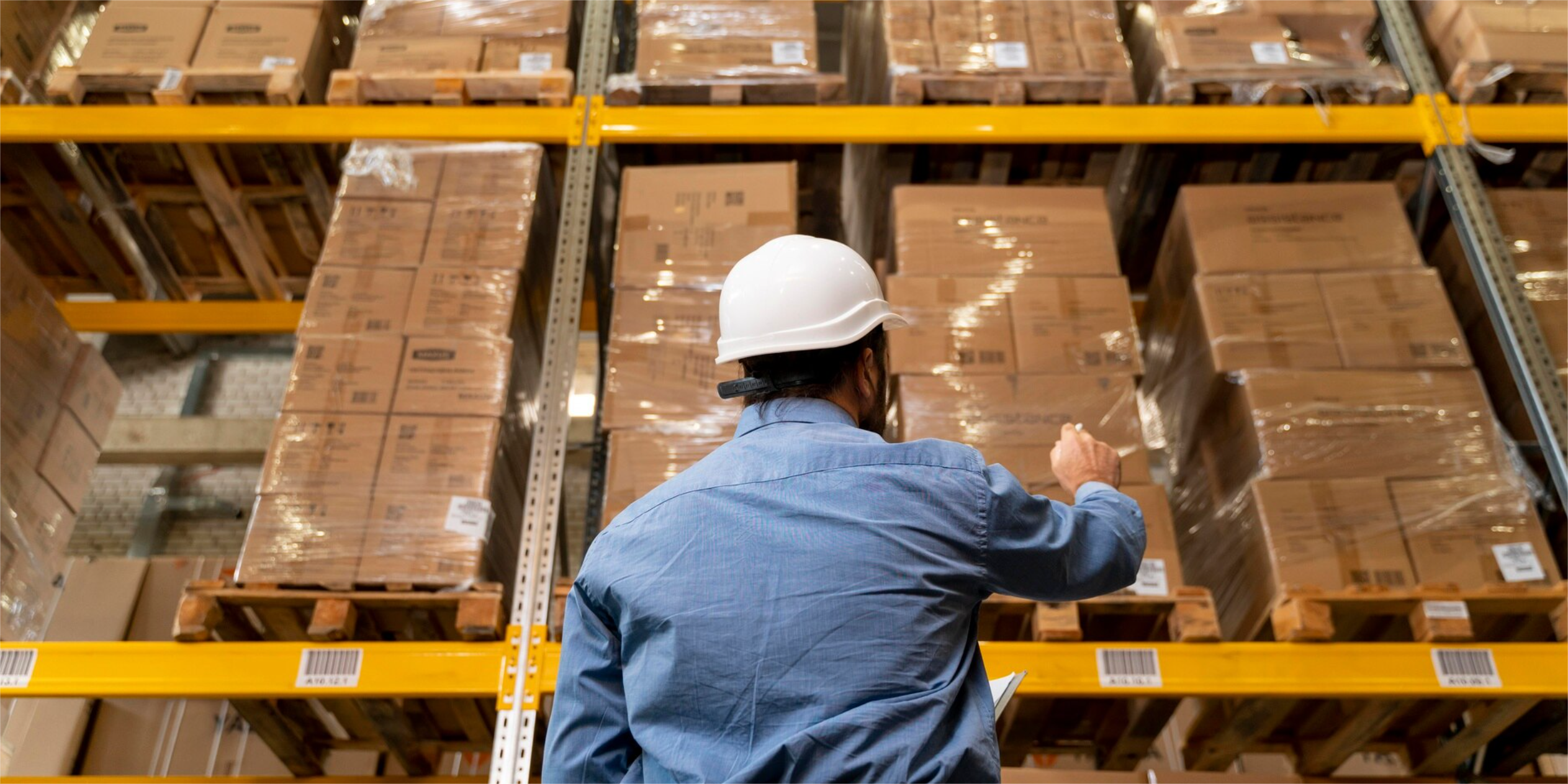Ten years ago, logistics trends talked about venturing into e-commerce, the emerging warehouse and transport management systems, and adding to our offer value services like packing, reverse logistics, and backhauling because all of these were necessary to keep competitive in the industry. Currently, all of the above are a reality in the operation of the largest logistics companies.
These supply-chain-transforming issues have also been used in warehouse management, from monitoring the inventory to product selection.
In this sense, the most important warehousing factors for the next years are accuracy, our ability to adapt (the possibility to handle a wide assortment of orders), and our ability to respond (the time it takes us to deliver an order).
Current changes in the behavior of consumers are just an indication of how customization, speed, and omnichannel trading will be soon on the rise, consolidating the implementation of technological developments such as predictive analysis, artificial intelligence, machine learning, the Internet of Things, self-driving cars, robotics, multi-language voice control, and 3D printing.
As for warehouses, we expect they will be located near customers; that is, within the limits of cities to guarantee faster deliveries. The main concern for this trend is how space is limited and the cost of real estate, but this could be solved with compact and shared warehouses and limited inventories supplemented with 3D printing.
Next, we mention the characteristics of future warehouses, which can be seen even now in world-leading companies:
1. Real time monitoring of inventory: implementing technologies to increase efficiency such as radio-frequency ID tags (RFID) that broadcast inventory data in real time.
2, Hyperconnected platforms: operative systems based on matrices combining new tools like bar codes, the Internet of Things, RFID, and GPS. Interlinking these systems lets us make and carry out decisions faster.
3. Connected forklifts: the Internet of Things will link these cranes to the enterprise resource planning system (ERP) and to employees’ devices, resulting in greater productivity. Currently, some forklifts are beginning to use alternate fuels and energy-efficient engines to lower costs and reduce our carbon footprint.
4. Higher ceilings: The usual warehouse height of 24 – 26 feet rises to 40 feet to accommodate the automated collection technology needed to reach high shelves without problems.
5. Speed of collection: tools like multi-language voice control, which bring down any language barriers, augmented reality, and robots are revolutionizing the practices of collection, making its tasks more efficient and faster.
6. Sustainable alternatives: optimizing energy resources by using solar panels, LED lighting, cold roof systems, thermal windows, and other ecological materials.
7. Design focused on staff: the innovations on warehousing technologies will also go hand in hand with the quality of life of employees, counteracting labor shortages, staff turnover, and risks in the facilities. Some of these innovations are efficient lighting, air quality sensors, and temperature controls.
8. Mobile warehousing: flexibility to store goods in trucks or other types of vehicles supplementing more traditional options.
9. Inclined floors: although most warehouses require completely flat floors to collect products using robots, inclined floors are beginning to replace them to efficiently move orders in and out.
There is no doubt that research on the future of supply chains will keep aiming to meet the delivery requirements and the capacity to respond using technological tools, especially those related to automation.
Having a vision for the future helps us make better decisions in the present. By analyzing what we are currently doing, we can foresee what is coming.






